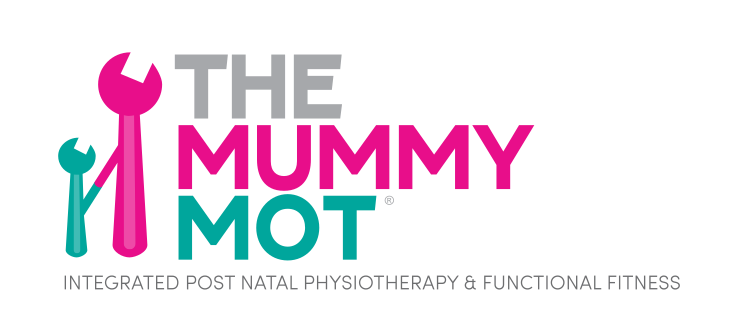This week the Mummy MOT which is a postnatal check up for all women is going to have a look at pelvic organ prolapse. Unfortunately, pelvic organ prolapse is more frequent after childbirth affecting one in three women. If you have had an instrumental delivery, longer second stage labour or have had four or more births you may be at a higher risk of developing a prolapse.
It is defined as an anatomical change where the pelvic organs which are the bladder, uterus, bowel or rectum move downwards into the vagina causing symptoms like “something is coming down” or a feeling of vaginal heaviness. In some circumstances, a bulge maybe felt inside or outside the vagina. The pelvic organs are supported inside the pelvis by ligaments and muscles called the pelvic floor and like all other muscles in the body they can be strengthened to support the prolapse and possibly reduce the symptoms.
The most common prolapse is when the bladder bulges down into the vagina. This can lead to strong more frequent urges to empty the bladder, leakage of urine related to coughing, problems emptying the bladder which may mean urinary tract infections. Prolapse symptoms tend to be worse towards the end of the day, with prolonged standing or at times of increased abdominal pressure i.e. coughing, lifting, straining to go to the toilet.
If you are postnatal or suspect you have a prolapse a check up with a specialist pelvic health physiotherapist is vital to assess your symptoms and devise a plan to help you manage your symptoms.
Quick tips for pelvic organ prolapse for the postnatal mother;
- Pelvic floor muscle strengthening exercises and good technique with lifting is key for all mothers to optimise their muscle function
- Good bladder and bowel habits are important. In particular try to avoid constipation as this leads to straining which puts an added pressure on the pelvic floor muscles.
- When using the toilet do not ‘hover’ and if having a bowel motion have your feet apart and raised up on a stool/support with the arms resting comfortably on your legs.
- Eating plenty of vegetables, fruit and avoiding processed food
- Make sure you drink enough fluid per day

